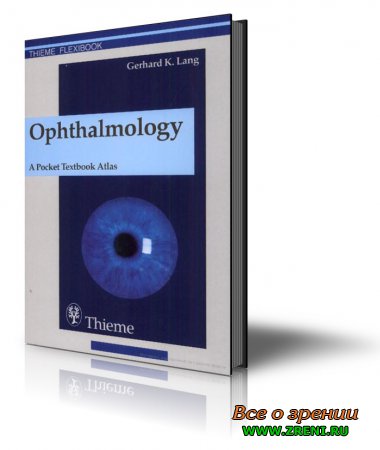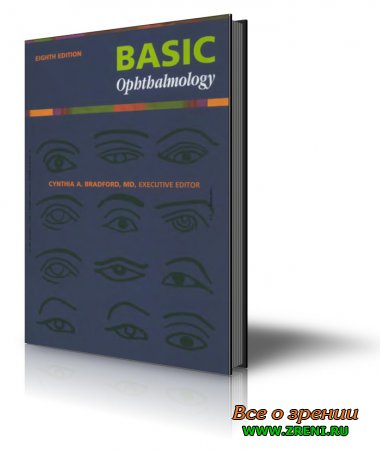When my coworkers and I first took up the task of writing a textbook of ophthalmology that was aimed at medical students but would also be suitable for interns and ophthalmology residents, we did not know exactly what wewere getting ourselves into.
The next four yearswere devoted to intensive study of this subject.We did not merely intend to design a book according to the maxims “understand it in medical school,” “learn it for the examination,” and “use it during your internship.”
Our broader goal was to give students a textbook that would kindle their interest and indeed their enthusiasm for a “small” specialty like ophthalmology and thatwould sustain this enthusiasm all the way through a successful examination.
In an age in which teaching is undergoing evaluation, we felt this was particularly important. In pursuing this admittedly ambitious goal, we were able to draw upon many years of teaching experience.
The next four yearswere devoted to intensive study of this subject.We did not merely intend to design a book according to the maxims “understand it in medical school,” “learn it for the examination,” and “use it during your internship.”
Our broader goal was to give students a textbook that would kindle their interest and indeed their enthusiasm for a “small” specialty like ophthalmology and thatwould sustain this enthusiasm all the way through a successful examination.
In an age in which teaching is undergoing evaluation, we felt this was particularly important. In pursuing this admittedly ambitious goal, we were able to draw upon many years of teaching experience.

